Detailed Analysis of Bach's Cantata: The Ten Bridesmaids Parable
VerifiedAdded on 2023/06/10
|5
|1026
|478
Report
AI Summary
This report provides a detailed analysis of Bach's Cantata No. 140, 'Wachet auf, ruft uns die Stimme,' which musically interprets the Parable of the Ten Bridesmaids. The report begins by defining a cantata and its forms, then proceeds to explain the parable's meaning in the context of the New Testament. It examines the cantata's structure, including the chorale, recitative, and aria sections, highlighting how Bach uses these musical elements to convey the story's themes of preparedness and spiritual readiness. The analysis also compares the original chorale by Phillip Nicolai with Bach's version, exploring the orchestral arrangement and the overall mood of the piece. The report discusses each verse of the cantata, detailing the arrival of the bridegroom, the conversation between the soul and Jesus, and the joyful conclusion. It references key sources such as Jacobs, Brown, and Chafe to support its claims, offering a comprehensive understanding of Bach's musical interpretation of the parable.
1 out of 5
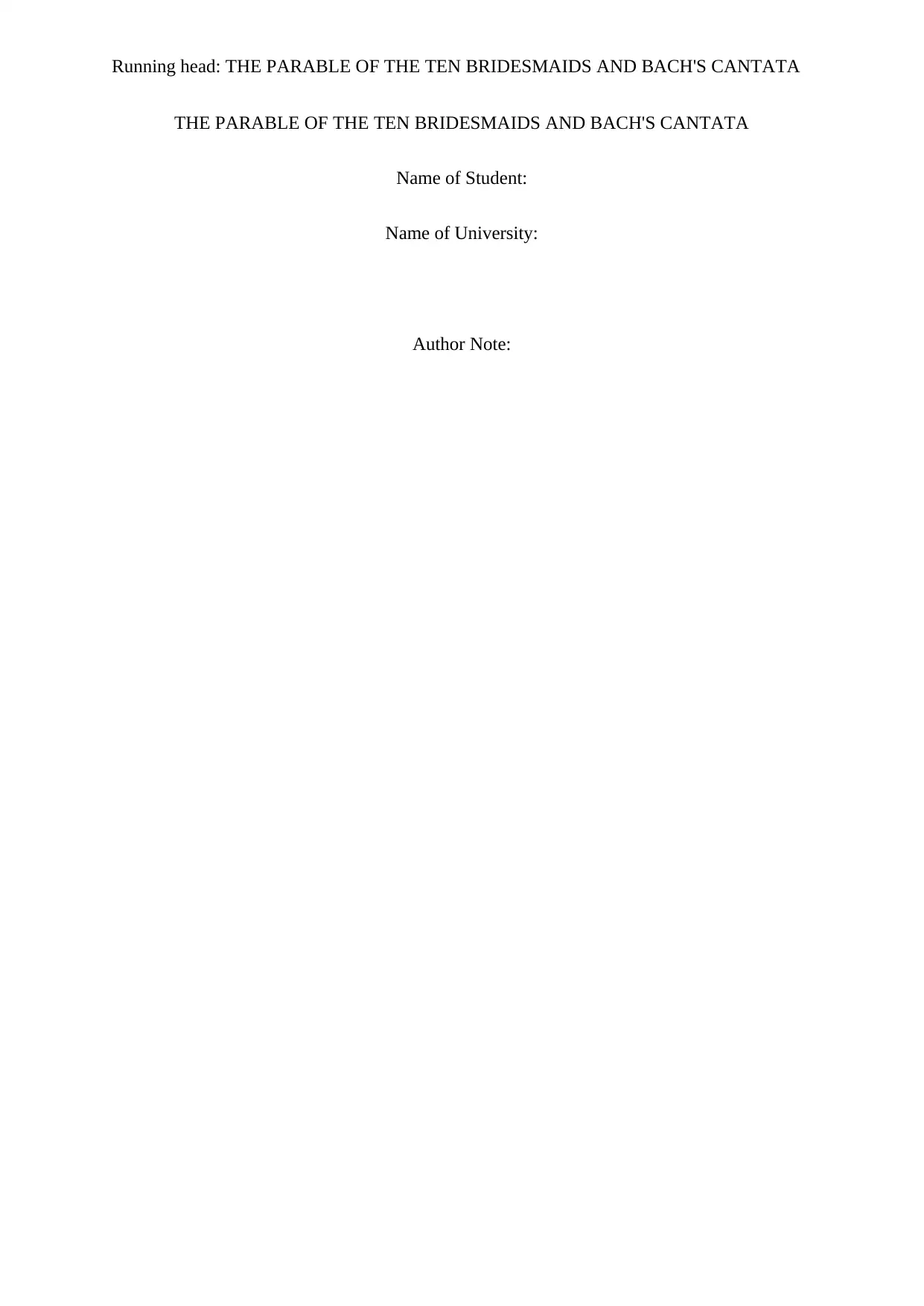
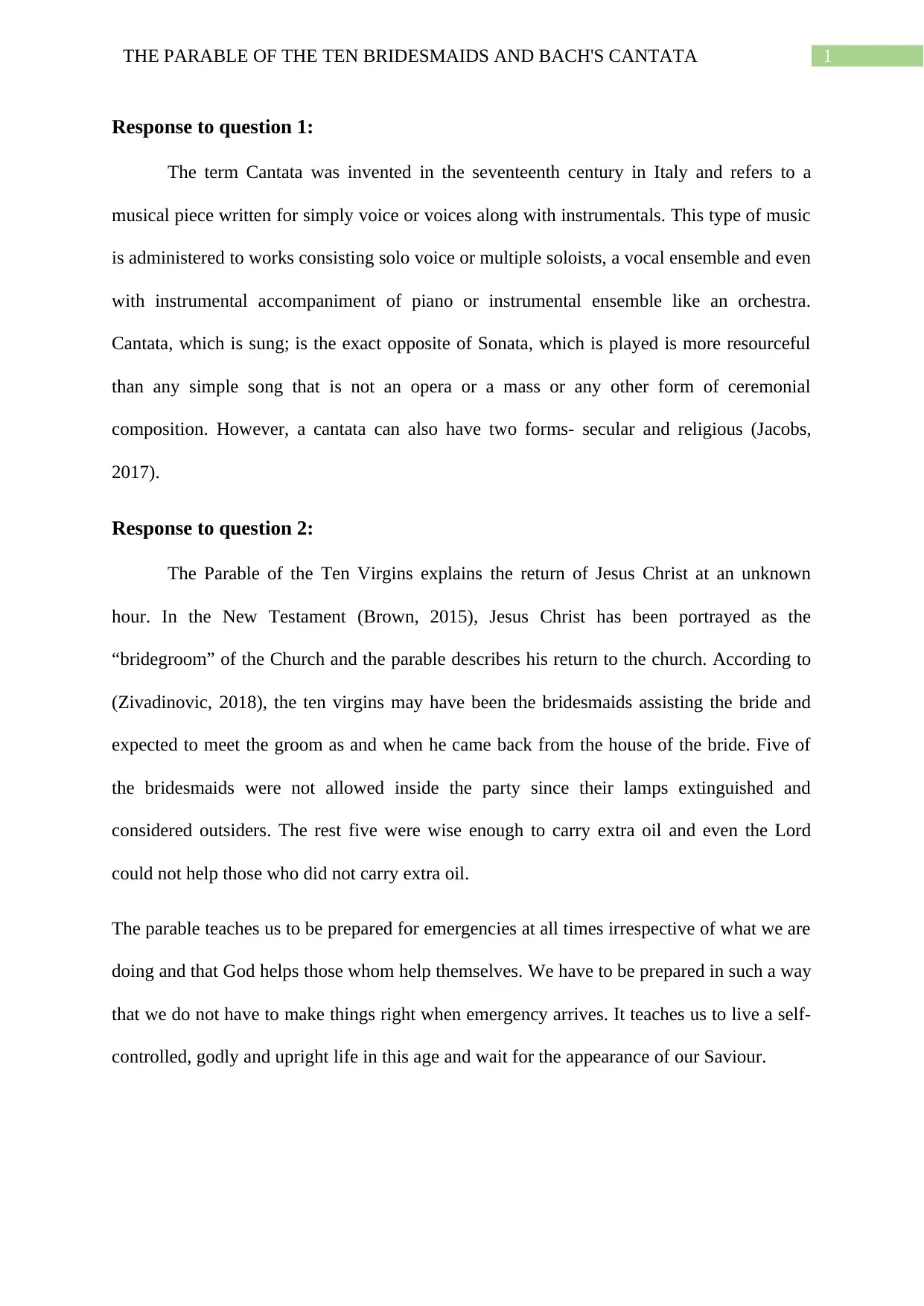
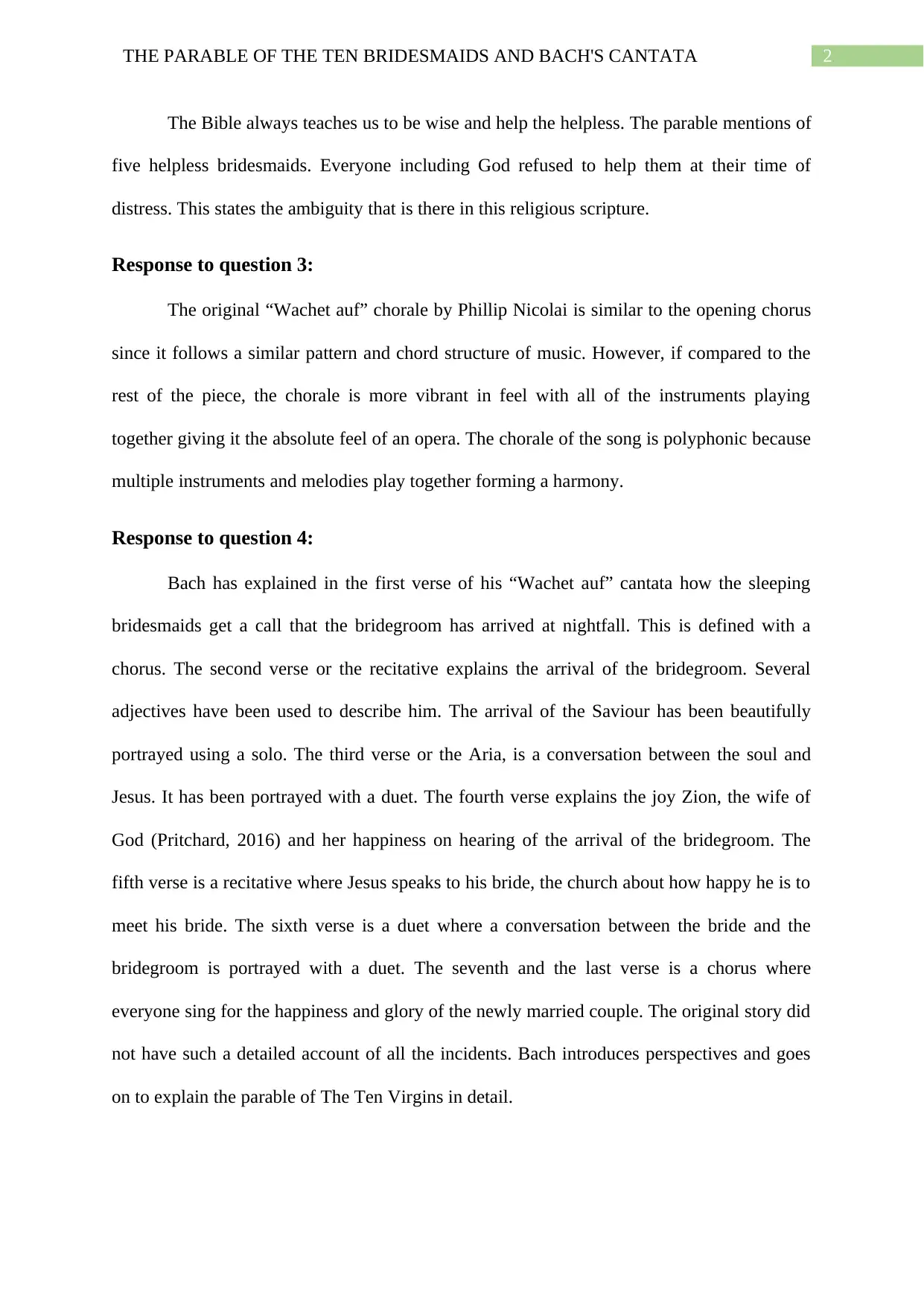

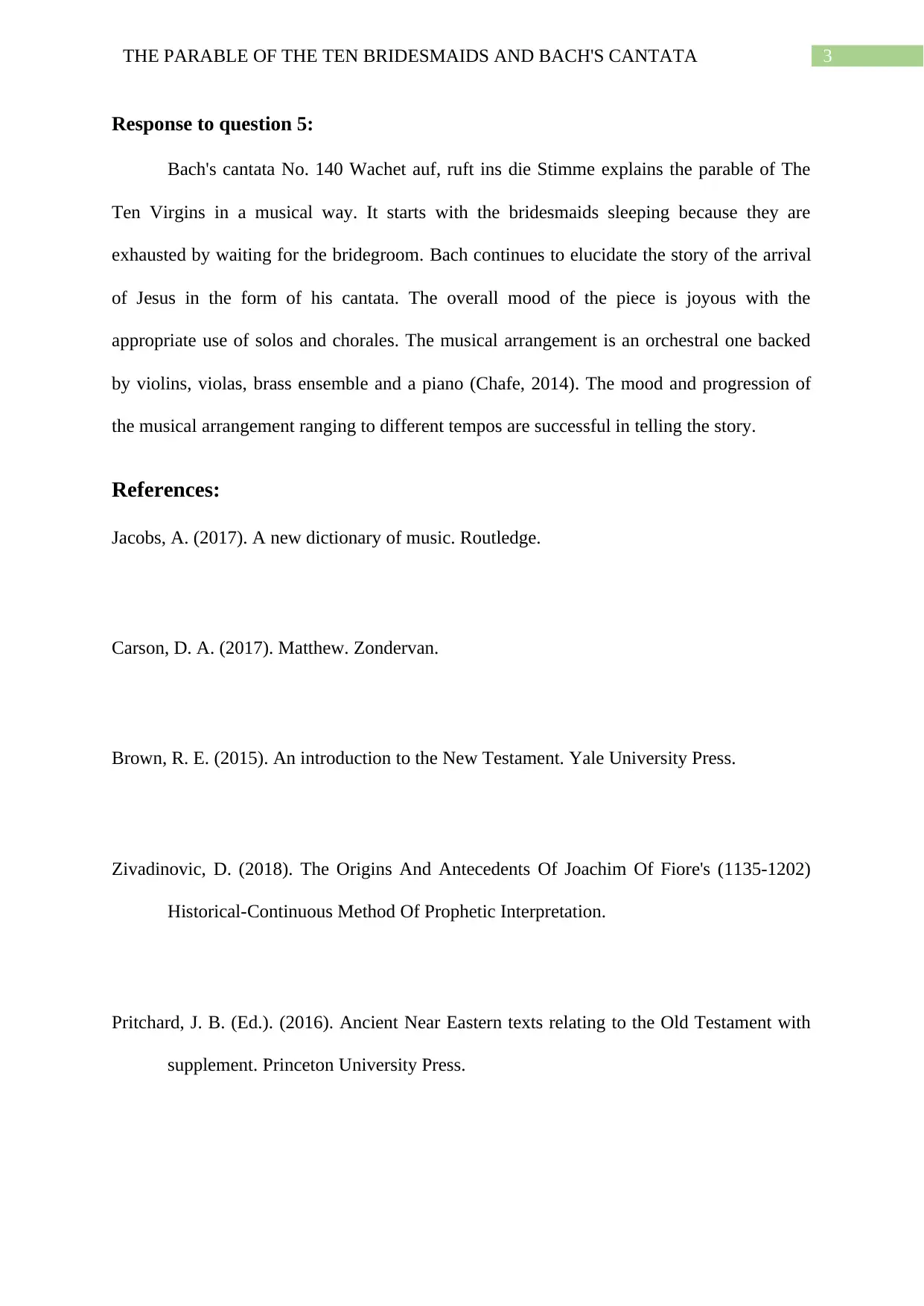
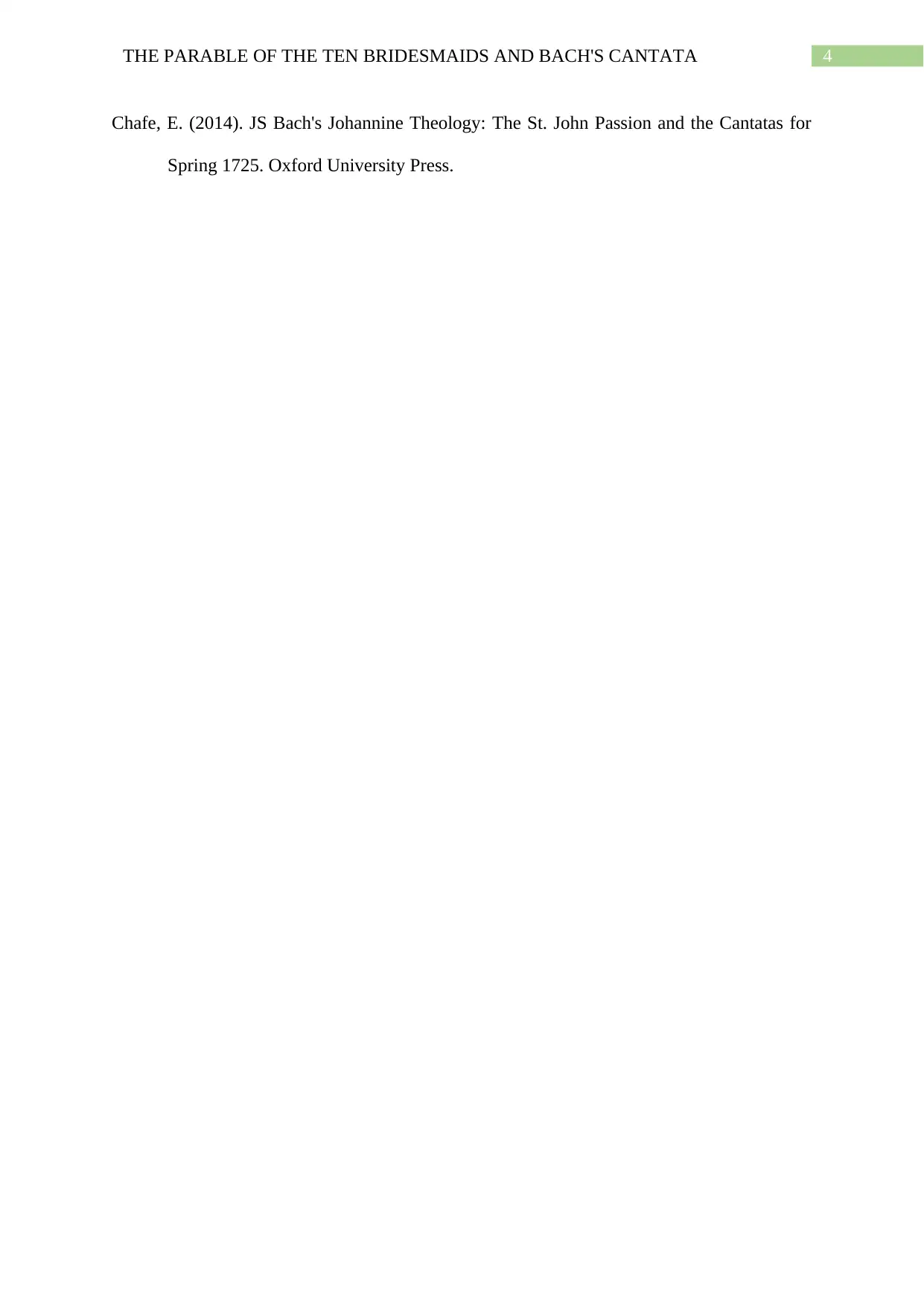
![[object Object]](/_next/static/media/star-bottom.7253800d.svg)